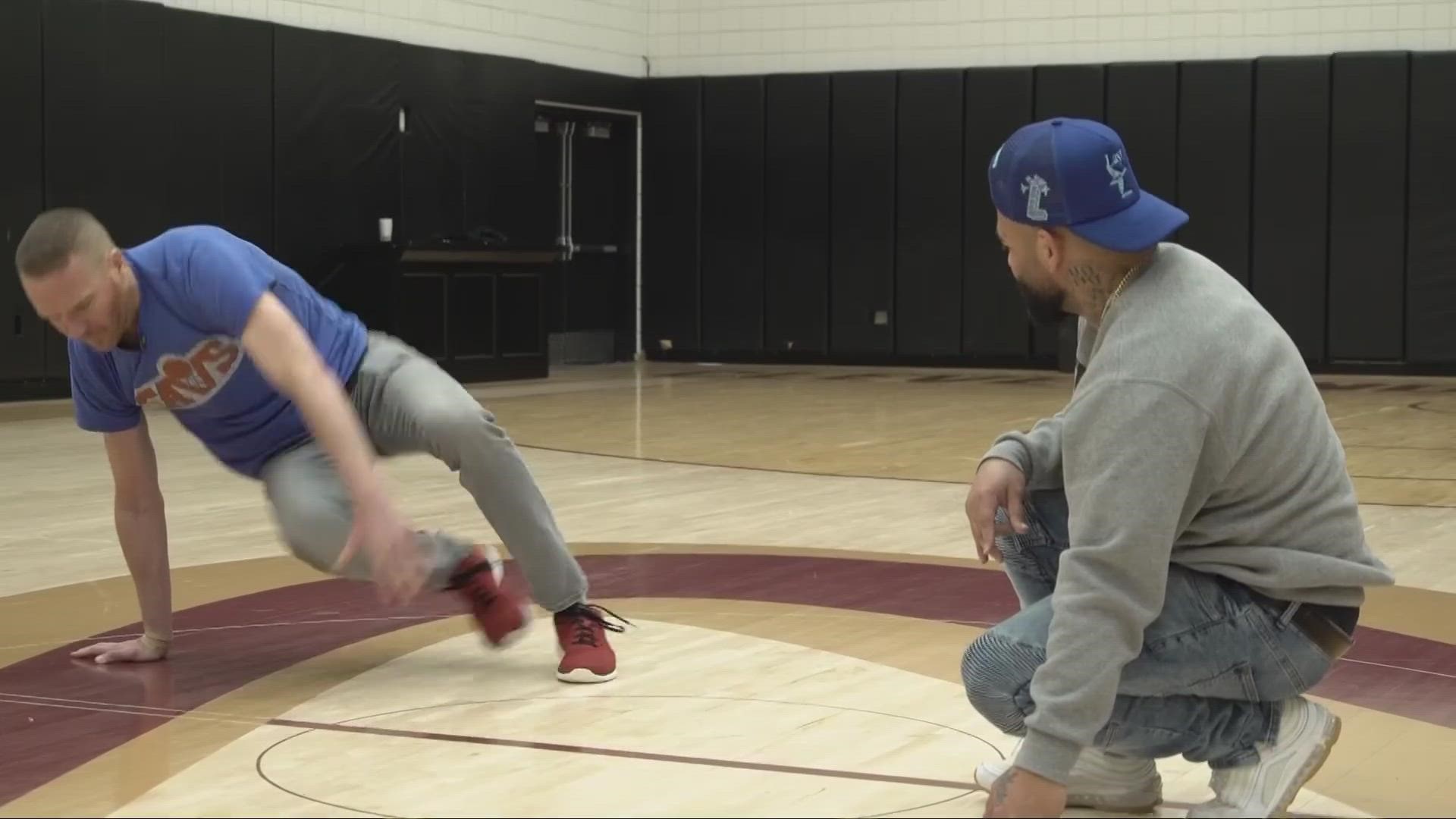CLEVELAND — Let me ask you: How much do you know about breakdancing?
Well, if you call it that, then you obviously don’t know very much, because apparently it's technically called "breaking." So, as it turns out, hopelessly lame, non-breaking normies like myself have been using the wrong term for about 40 years now.
For people involved in the athletic style of street dance that developed in New York City in the early 1970s, getting that terminology correct is fairly important. The mistake is comparable to the way that the rest of the world gets mad at the U.S. when we refer to the international form of football as "soccer" because we have a different thing here called "football," and we are not a people known for our ability to adjust to a consensus international opinion if it proves to be inconvenient for us. You know how it goes.
Long story short, for the vast majority of us who are not directly involved in the activity, it's still known as "breakdancing," no matter what the people who actually do it tell us it's called.
According to Daisun Lee Santana, the preeminent local expert whom I spoke with, this is just one of the many examples of the dismissiveness and general disrespect his sport has endured since its relatively recent genesis.
Perhaps that lack of public esteem should be unsurprising based upon the sport's humble origins, but like so many forms of art that begin and develop in impoverished African American culture before eventually finding popularity in the wider population, breaking might finally be about to take center stage.
In anticipation of its upcoming debut in the next Olympic Games, enjoy this quick primer on the sport provided by a local "Bboy" in the know.

